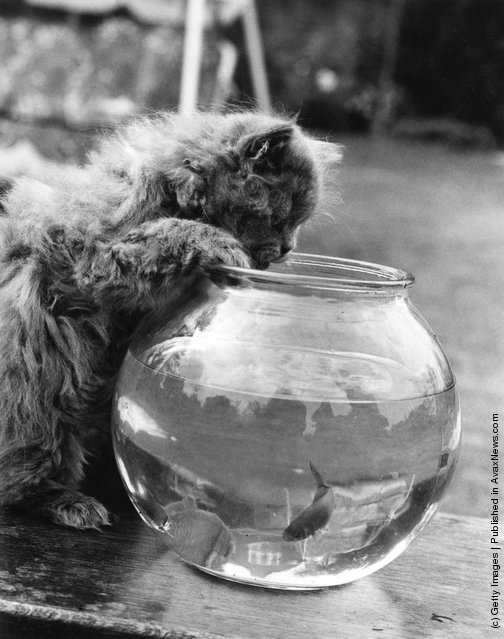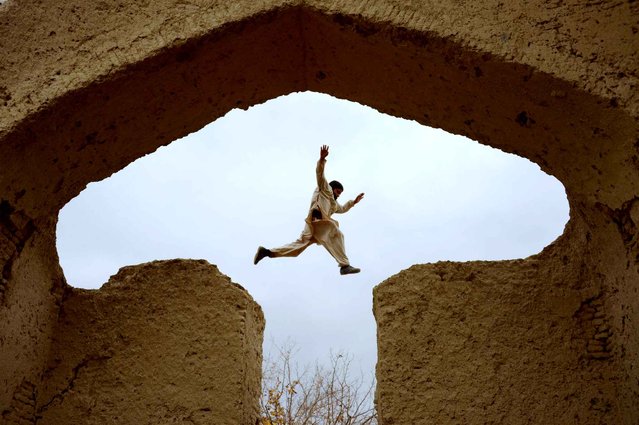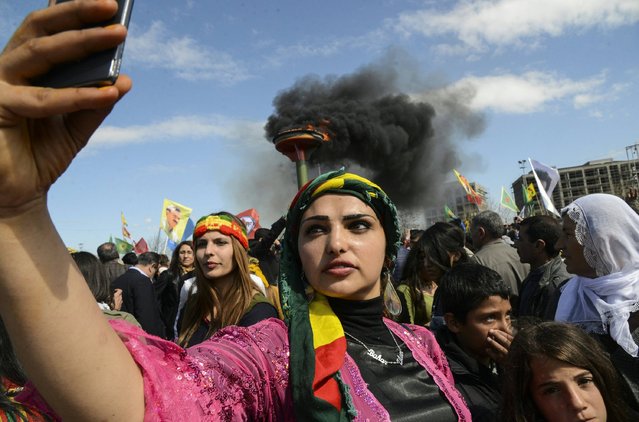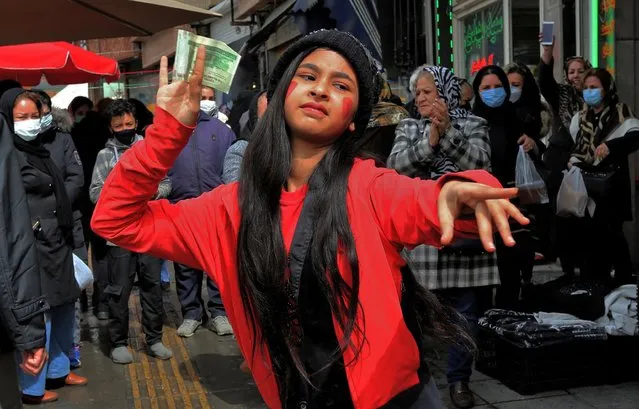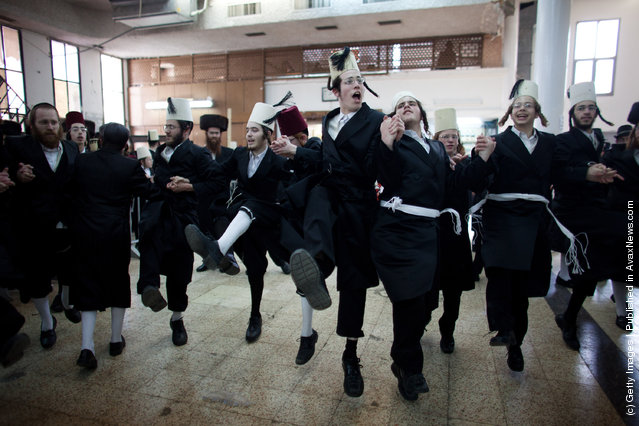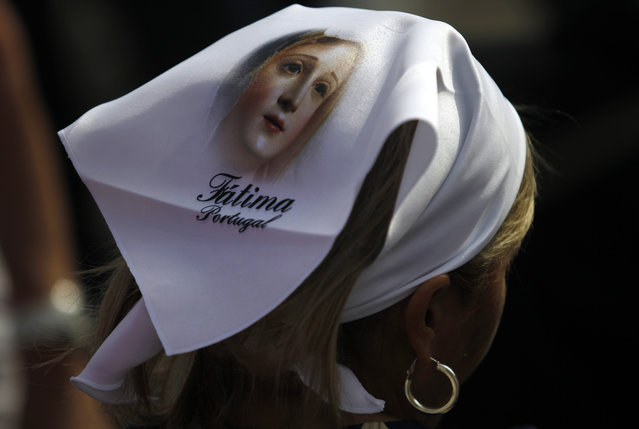
A worshipper wearing a kerchief with the image of the Our Lady of Fatima attends a mass at the Our Lady of Fatima shrine, in Fatima, central Portugal, Wednesday, May 13, 2015. Every year on May 12 and 13 tens of thousands of Catholic believers go on pilgrimage to the Fatima sanctuary to pray and attend masses where the apparitions of the Virgin Mary were witnessed by three shepherd children Lucia, Jacinta and Francisco in 1917. (Photo by Francisco Seco/AP Photo)
14 May 2015 11:44:00,post received
0 comments

